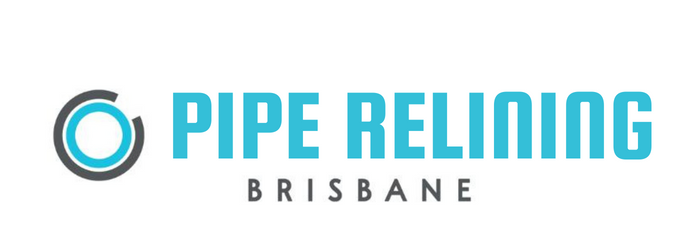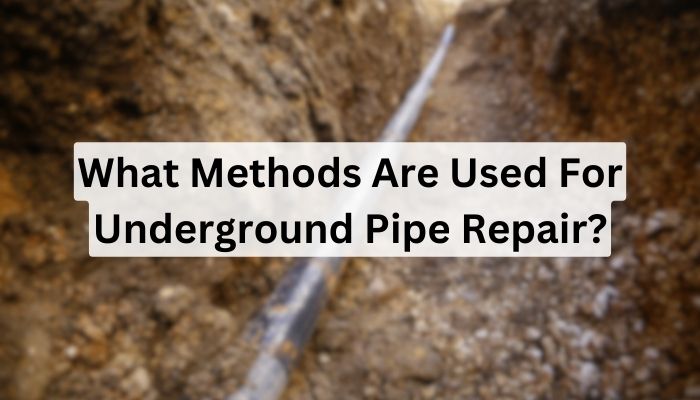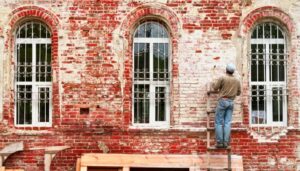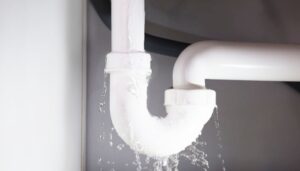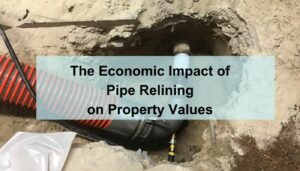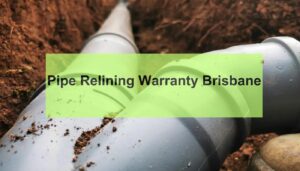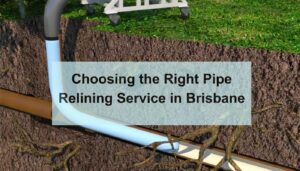Underground pipes, crucial for transporting water and waste, are prone to various issues over time. Repairing underground pipes is a significant task faced by property owners and professional plumbers. Understanding what methods savvy techniques are used for underground pipe repair is essential for maintaining the integrity of these systems.
Excavation-Based Repair: Tackling Damaged Pipes
Traditionally, the process of repairing a damaged pipe, especially a broken underground pipe or a corroded underground pipe, involved excavation. This method requires digging up the entire yard or surrounding area to access the damaged section of the pipe. While effective for major problems like a severely damaged cast iron pipe or PVC pipe, excavation is disruptive and can lead to further damage to the property.
Pipe Bursting: A Solution for Damaged Underground Pipes
Pipe bursting is a popular technique for underground pipe repairs, especially when dealing with a severely damaged or old pipe. This method involves breaking apart the existing pipe while simultaneously pulling a new pipe into place. Pipe bursting is ideal for repairing damaged pipes made of materials like cast iron or PVC, offering a permanent solution to major problem without the need for extensive digging.
Slip Lining: Reviving Old Pipes

Slip lining is another traditional method used for repairing underground pipes. It involves inserting a new liner, typically made of a material like PVC, into the existing pipe. This technique is suitable for repairing sewer lines or water lines with a wide enough diameter, allowing for the insertion of the new liner. Slip lining can fix issues like leaking pipes or root intrusion, restoring the smooth surface and functionality of the pipe.
Cured-in-Place Pipe (CIPP): Modern Twist on Traditional Repair
Cured-in-Place Pipe (CIPP) is a savvy technique that blends traditional methods with modern materials. It involves inserting a flexible liner coated with epoxy resin into the damaged pipe. Once in place, the liner is inflated and cured to form a watertight, smooth surface within the existing watertight pipe itself. CIPP is particularly effective for repairing sewer lines, water lines, and other underground pipes without extensive excavation.
Pipe Relining: Addressing Various Pipe Issues
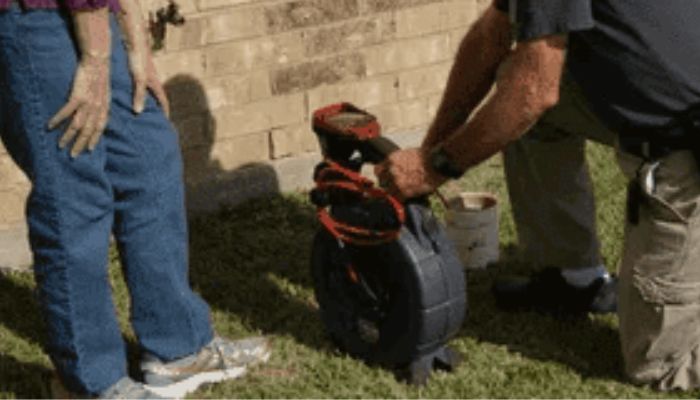
Pipe or underground pipe relining, is a versatile method used for repairing different types of underground pipes, including cast iron pipes, PVC pipes, and metal pipes. This process involves inserting a new liner, often made of durable materials like epoxy resin, into the existing pipe. Pipe relining can address various issues, such as leaks, root intrusion, and general wear and tear, providing a less invasive alternative to traditional excavation methods.
Environmental Consequences and Considerations
While traditional methods like excavation and pipe bursting are effective, they can have significant environmental consequences. Excavation, in particular, can disrupt the ground and surrounding area, affecting the landscape and potentially causing further damage to the environment. Modern techniques like CIPP and pipe relining offer more environmentally friendly solutions, minimizing disruption and preserving the integrity of the property.
The Role of Professional Plumbers in Underground Pipe Repair
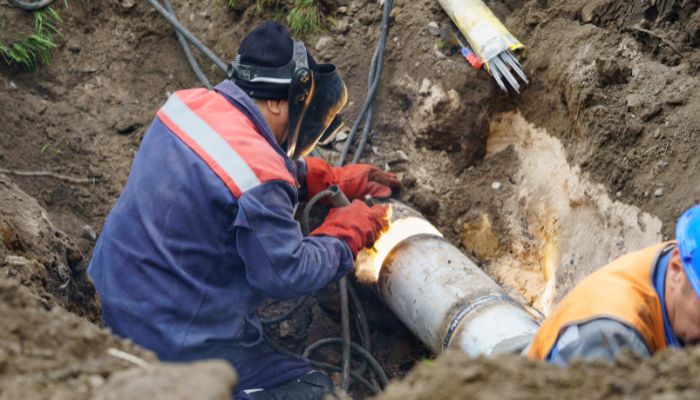
Professional plumbers play a crucial role in underground plumbing emergency pipe repair. Their expertise is essential in determining the most appropriate method for repairing damaged pipes, considering various factors like the type of pipe, the extent of the damage, and the potential for future problems. Experienced plumbers can also provide valuable advice on preventing pipe damage and maintaining the health of underground pipes.
Modern and Innovative Techniques in Underground Pipe Repair
The field of underground pipe repair has evolved significantly, introducing modern and innovative techniques that offer efficient, less invasive solutions. These advanced methods are crucial for repairing underground pipes, particularly when dealing with complex issues like tree root intrusion, leaking pipes, or corroded concrete underground pipes.
Trenchless Pipe Repair: Revolutionizing Underground Repairs
Trenchless pipe repair has become a game-changer in the realm of underground pipe repairs. This method allows for repairing damaged pipes without digging up the entire yard or disrupting the surrounding area. Techniques under trenchless repair include pipe lining, pipe bursting, and epoxy resin applications. Trenchless repairs are ideal for various scenarios, from fixing a leaking pipe to addressing root intrusion in sewer lines.
Robotic Pipe Repair: Precision and Innovation
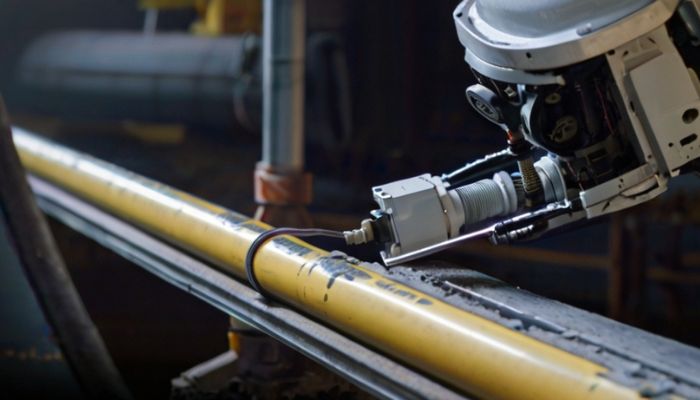
The use of robotic technology in pipe repair represents a significant advancement. Robotic pipe repair involves deploying sophisticated machines into the underground pipes to perform repairs with precision and minimal disruption. These robots can navigate through pipes, apply acrylic patching material, and even clean blocked drains without digging themselves, offering a high-tech solution to traditional pipe repair challenges.
Epoxy Pipe Lining: A Durable Solution
Epoxy pipe lining is a popular technique in modern pipe repair. This method involves inserting a liner soaked in epoxy resin into the damaged length of the pipe. Once in place, the resin hardens, creating a new, smooth surface inside the existing pipe. Epoxy pipe lining is particularly effective for repairing old pipes, cast iron pipes, and PVC pipes, providing a durable and long-lasting solution.
Environmental and Safety Considerations in Modern Methods
Modern pipe repair techniques are designed with environmental and safety considerations in mind. Methods like trenchless repair and epoxy lining minimize the impact on the plumbing services surrounding area, reducing the risk of environmental damage. Additionally, these techniques are safer for plumbers and property owners, as they involve less manual labor and reduce exposure to potential hazards.
The Role of Professional Plumbers in Modern Pipe Repair
Professional plumbers are essential in implementing modern pipe repair techniques. Their expertise ensures that the right method is chosen based on the type of pipe, extent of damage, and specific requirements of the whole repair process. Experienced plumbers can also provide valuable insights into preventing future problems and maintaining the integrity of underground pipes.
Conclusion
In conclusion, modern and innovative techniques in underground pipe repair, such as trenchless repair, robotic technology, and epoxy lining, offer efficient and less invasive solutions to traditional methods. These advanced methods cater to a wide range of issues, from simple leaks to complex underground pipe damage itself, providing property owners with effective and long-lasting repairs. The role of professional plumbers remains crucial in guiding these repairs, ensuring that the best possible method is used for each unique situation.
